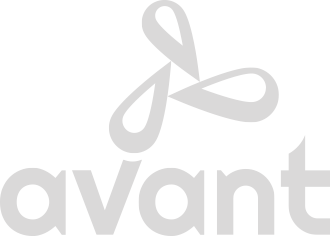Part 3 in our blog series about COVID-19 as a forcing function in the workplace: How it’s leading to progress whether we’re ready for it or not
Since the pandemic hit in the United States and around the world, businesses have been in a survival mode. For the majority of organizations, their focus shifted from making a profit to fighting for the heartbeat of the business. This was admittedly a drastic change for leaders and their teams (according to a Yelp Economic Impact Report, 60 percent of businesses on Yelp have permanently closed).
I reached out to 20 or so leaders from organizations of all shapes and sizes, spanning multiple industries in the public, private and academic sectors, to gain insights about the impact COVID-19 was having on their business and their industry. Financial performance was at the top of their minds.
Cashflow
Not surprisingly, this was one of the top themes across all companies and all industries. At first blush, this may appear to be self-serving, however, in reality it was about taking care of their employees. Without revenue, employers are unable to care for their people.
Care
Many companies had past experience with restructuring and layoffs. During this time, workforce reduction was inevitable. What was truly evident in both words and tone was the great care taken during COVID-based reductions – often companies were helping create a bridge to another job or company. There was a deep sense of empathy due to the awareness that laid-off employees could not easily get another job or a comparable one since the virus was affecting all companies.
Burnout
We expect to see more emotional burnout due to the comingling that occurs during work from home – kids with online classes, daycare shut down, etc., as well as the grind of being at home. On top of adapting to the new normal, companies are delving into finances. This can create expense management fatigue across all organizations, especially those with a sub-optimal balance sheet, and even more so for those companies that were already severely managing expenses prior to the onset of the pandemic.
The how and what
How organizations do business and go to market was changing, nearly all for the better (see part 4 on technology) technology . Moreover, what they do was being adjusted. Many organizations took this as an opportunity to sharpen “what we do,” shedding that which was not core to their business.
Leadership coaching tips
- Attainable expense goals: Set clear, attainable targets for managing expenses. We all know that “cutting your way to profits” is not a sustainable approach. Focus your team on the most significant levers and don’t sweat the small stuff.
- Revise performance goals: Revisit and modify individual performance goals. Adjust them to the new mid-term reality. This does not mean settling for subpar performance but rather providing a stretch performance goal that is properly grounded in context, giving hope and a sense of accomplishment to employees.
Leaders across the board recognized that a successful 2020 in hindsight is not going to be about making a profit. It is going to be about protecting the viability of the business, and ensuring its long-term survival well beyond the challenges of the pandemic.
This is part three in a five-part blog series. Watch for future blogs that address Technology and Employee Safety in the midst of the COVID-19 pandemic, and also check out my previous blog about its impact on leadership dynamics.
Yelp reference: https://www.cnbc.com/2020/09/16/yelp-data-shows-60percent-of-business-closures-due-to-the-coronavirus-pandemic-are-now-permanent.html

